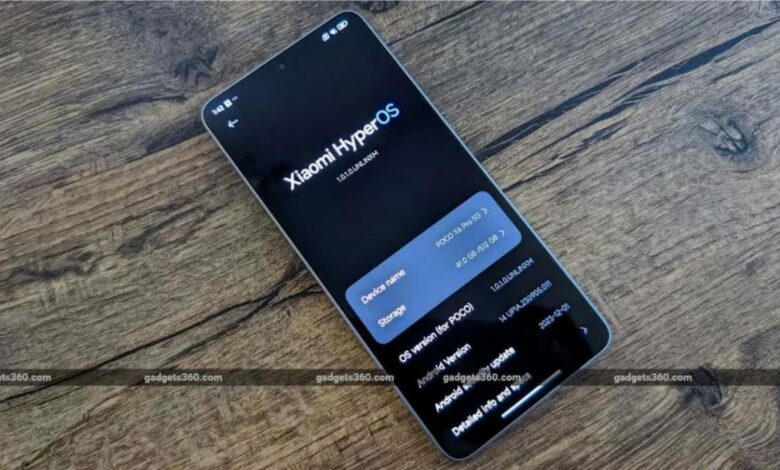Xiaomi’s HyperOS 2.0 update could include a redesigned gaming mode

Xiaomi HyperOS 2.0 is expected to launch in October. Ahead of its official unveiling, a report suggests that it could bring an overhaul to the existing Game Turbo mode – a widely used feature that promises to boost performance and minimize distractions when it comes to smartphone gaming. This development builds on an earlier report which suggested that the update could also include a feature that addresses a crucial privacy issue faced by frequent travelers.
HyperOS 2.0 Update Features
According to a report According to media outlet XiaomiTime, the HyperOS 2.0 update could include a revamped Game Turbo mode. While the report did not specify what new features could be introduced, it would be “redesigned.”
According to the speculation, Game Turbo could include personalization options, such as adjusting different visual and audio fidelity settings. It could also include optimization tools to improve gaming performance. AI could also be integrated, with the report speculating about dynamic adjustments based on conditions.
HyperOS 2.0, the Chinese smartphone maker’s next-generation operating system based on the Android platform, could be introduced in October.
Other HyperOS 2.0 Features
According to an earlier report, the HyperOS 2.0 update may support hidden camera detection via wireless local area network (WLAN) search. Xiaomi handsets, which use WLAN signals, may be able to search and identify cameras that may be hidden nearby.
While it’s not official, the feature could be a boon for avid travelers who face privacy concerns in unfamiliar environments. It’s speculated that it could alert them to potential surveillance threats they don’t know about.
HyperOS 1.5 Update
Last month, it was reported that Xiaomi had started rolling out the HyperOS 1.5 update. It was said to bring a new personalization feature for the lock screen, allowing users to “Long press on the lock screen to edit the style”. The update was also said to bring improvements to system fluidity for better app responsiveness.
The first smartphones to receive the update included the Xiaomi 14 series, the Redmi K70 series, and other devices targeted specifically for China.




